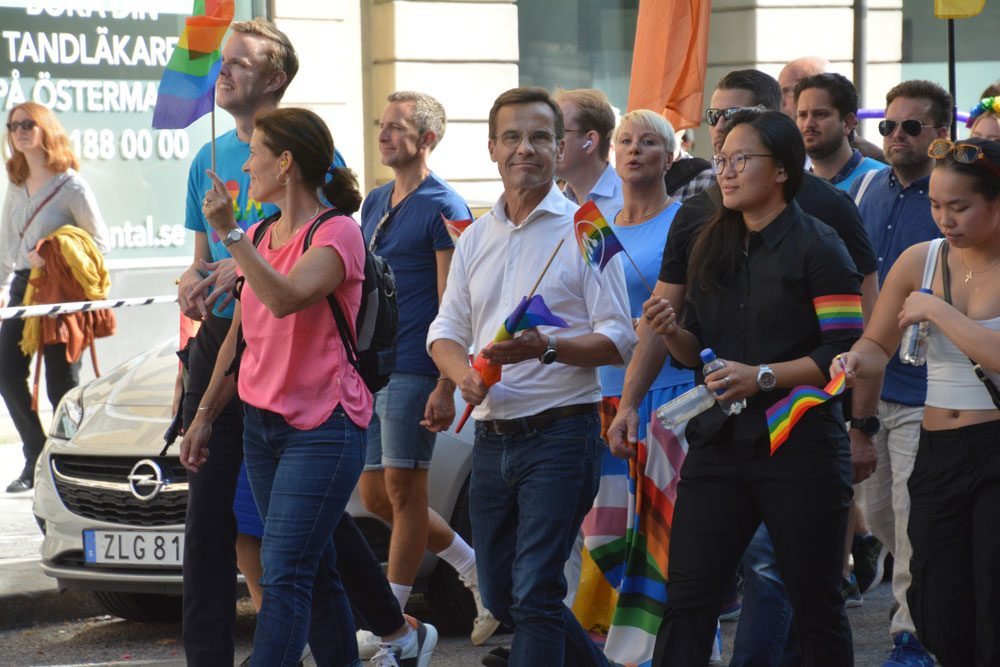Ears can be of significant importance in identifying a person. The Islamic headdress, such as the hijab, burqua or ear-covering Sikhs turbans, do not allow for baring ears .
“The ears are as unique as fingerprints and only slightly affected by weight changes, makeup and aging. They therefore provide much information that may be important for the manual checking of passport applicants against submitted documentation and previously registered facial photos in the passport register of the same name,” the legal justification for the requirement noted.
A group of Norwegian Muslims are now campaigning to remove this particular requirement for visible ears on passports and ID cards. The new rule is said to be a “degrading” breach of their religious faith.
A petition containing some 842 camplaints from organisations and individuals alike were handed over to the government demanding the removal of the mandatory ear rule, according to the news outlet Document.
“The requirement for visible ears on facial photography is contrary to freedom of religion”, the Muslim Common Council of Rogaland argued.
“As a Muslim, I ask the government to change requirement to show the ears in the passport image. We feel that it is very offensive and degrading to have to remove the ears from the hijab as it violates the rights of all Muslim women living here in Norway. We believe that this law limits our freedom,” a petitioner complained.
Sikhs as well as Punjabis of Rogaland have joined the protest to remove the visible ear requirement.
Ingrid Rosendorf Joys, the leader of the Council for Religious and Life Stance Communities (STL), defended the Sikhs. “The requirement for visible ears is a disproportionate intervention in the freedom of religion”, she said.
The law was implemented despite earlier protests after a large group of Muslims and Sikhs set up the so-called Religious Freedom Group and gathered 3 600 signatures, which were subsequently sent to the Minister of Justice.
Norway’s Islamic community is growing at a fast pace with Muslims already estimated to constitute 5,7 percent of Norway’s population of 5,2 million.
Norway’s Sikh community is estimated at 5 000, of whom 250 wear a turban to cover their ears.
The outer ear could be an even better unique identification mark in human beings than finger prints, forensic specialists have found.
“When you’re born your ear is fully formed. The lobe descends a little, but overall it stays the same. It’s a great way to identify people,” said Mark Nixon, a computer scientist at the University of Southampton and leader of the research.
in 2010, Nixon’s team presented a research paper at the IEEE Fourth International Conference on Biometrics revealing how an algorithm identified people with 99,6 per cent accuracy.
“The rays fly around the image and get caught in tubular things. The helix, or outer edge, of an ear is a wonderful tube that rays keep hitting,” said Alastair Cummings, the Southampton University computer scientist who developed the algorithm. “There are dozens of ways of doing ear biometrics, but this is a very good one.”
US Fingerprint databases alone store the records of more than 100 million people, but fingerprints can be altered by for example hard, repetitive labour. Researchers and identification industries have therefore been seeking improved biometrics.













No comments.
By submitting a comment you grant Free West Media a perpetual license to reproduce your words and name/web site in attribution. Inappropriate and irrelevant comments will be removed at an admin’s discretion. Your email is used for verification purposes only, it will never be shared.